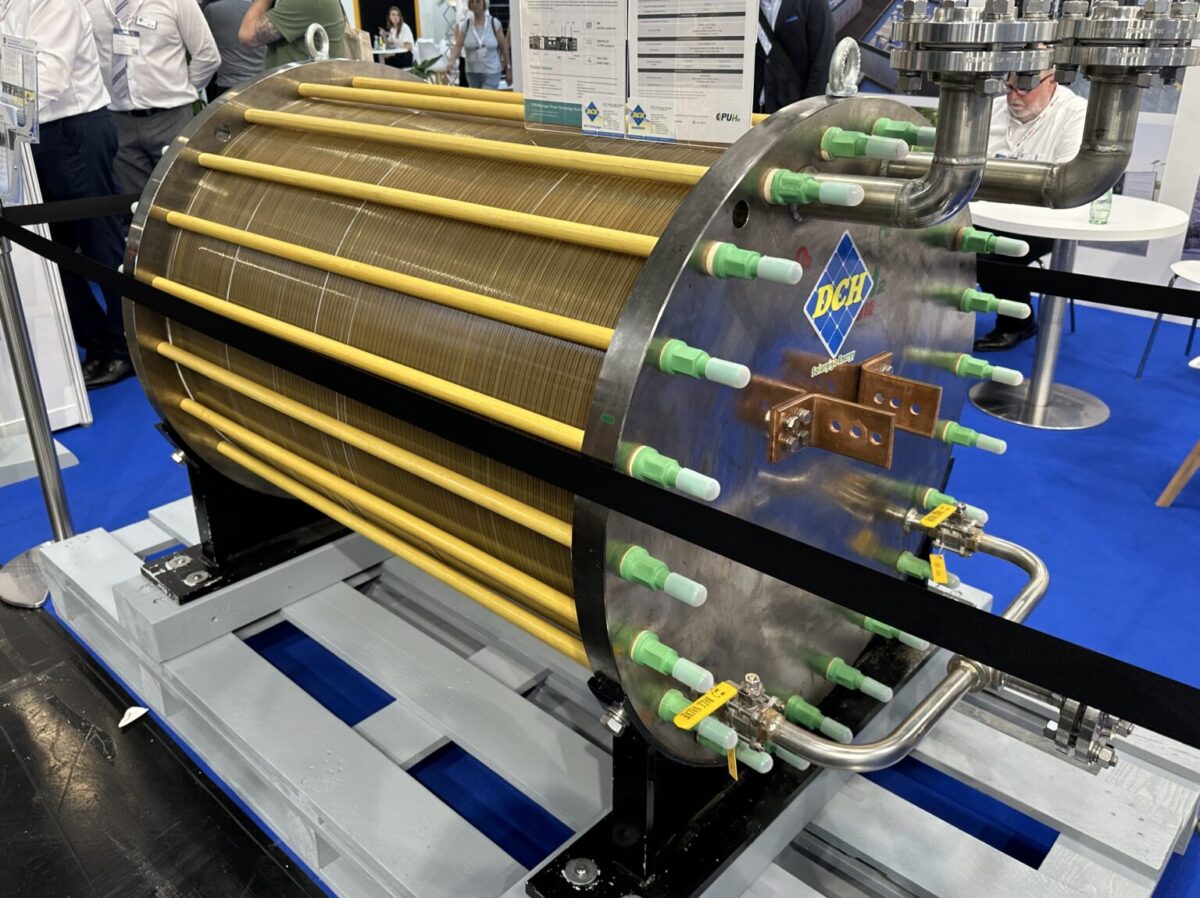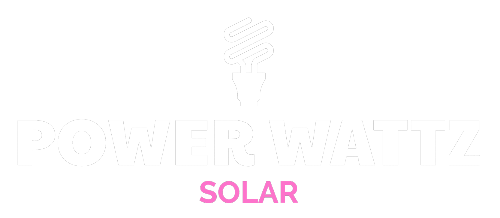
Westwood Global Energy Group says just 17% of the European Union’s hydrogen projects will advance without intervention, while Smartenergy says Spain’s Orange.bat project has cleared a key environmental hurdle and will launch in May 2028.
Westwood Global Energy Group said in a new report that only 17% of the European Union’s planned project pipeline will move forward without market intervention, warning that the gap between ambition and reality is widening. “The analysis points to a European pipeline under strain, as regulatory delays, elevated costs, and weak demand weigh heavily on progress, with 23 hydrogen projects totaling 29.2 GW (LHV) already stalled or canceled by the close of 2024,” said the London-based research firm. “The UK market presents a similar story, with Westwood estimating a potential delivery range of just 1% to 24% of its pipeline by 2030.” The European Union could achieve 70% of its planned project pipeline in the best-case scenario, but only if institutions fully develop and implement the proposed frameworks. This would enable the bloc to meet its 2030 production targets, according to the report.
Smartenergy said in an emailed statement that Spain’s Orange.bat project in Valencia received a favorable Environmental Impact Assessment (EIA) decision, the final step before securing the Integrated Environmental Permit (IEP) and Priority Investment Project status. The approvals confirm the project’s maturity as it enters its final development phase, with commissioning set for May 2028, said the Swiss developer.
Norwegian Hydrogen said it has made an investment decision for a 25 MW hydrogen plant in Norway to serve customers in southern Norway and parts of Sweden. The facility in Rjukan, Telemark, is set for completion by 2027. This project aligns with the company’s strategy, which includes existing green hydrogen production and multiple new projects under development across the Nordic region, said the company.
H2Apex Group said it has acquired Hamburg-based HH2E’s hydrogen project at the Lubmin site in Germany. The company, which operates two green hydrogen projects at the former nuclear power plant site on the Greifswald Bodden, plans to complete the green hydrogen production facility initially planned by HH2E. H2Apex acquired the land, infrastructure, and all necessary project connections, including electricity and water supply. The site also has direct access to multiple pipelines set for hydrogen conversion by 2027, allowing integration into Germany’s core hydrogen network.
Nowega has started filling the pipeline between Lingen and Bad Bentheim with hydrogen in Nordhorn, Germany. The southwest Lower Saxony section is the first part of Germany’s hydrogen core network and consists of 95% repurposed pipelines, said the Münster-based transmission system operator. In the first commissioning stage, the network section will be filled with 28,500 cubic meters of hydrogen and brought to a pressure of 3 bar. The system should be ready by mid-April. Once at full operating pressure, the company will begin its first transports, said Dennis Hoeveler, Nowega’s head of technology.
Bosch Aviation Technology has converted a conventional four-cylinder gasoline aircraft engine from Austrian manufacturer BRP-Rotax to run on hydrogen as part of an innovation project. Rather than designing a new engine, Bosch modified an existing model, anticipating strong demand for this approach due to time, cost, and regulatory advantages, said Christian Grim, general manager of Bosch General Aviation Technology. The Austrian company completed the 1.4 liter turbo engine modifications in four months. The engine now delivers a maximum of 115 kW – within 2% of the original gasoline-powered version. Future prototype developments could further boost output, said the company.
This content is protected by copyright and may not be reused. If you want to cooperate with us and would like to reuse some of our content, please contact: editors@pv-magazine.com.
Source link


